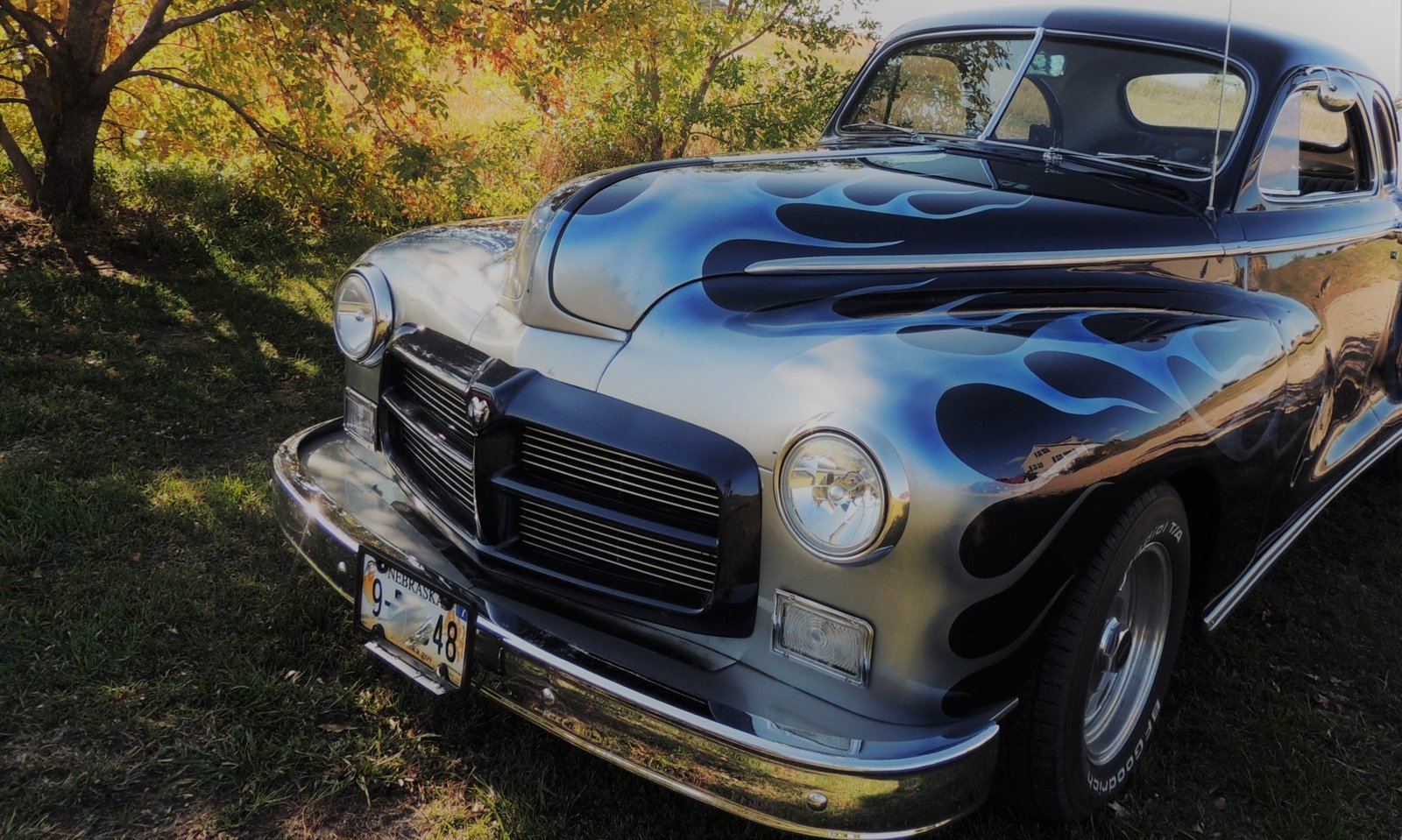In the years leading up to World War I, the United States had no large standing army and no processes in place for the building and support of such a force. For this reason, steps were taken to train civilians to be able to defend the country. One idea promoted by General Leonard Wood involved the use of military training camps for civilians, and you can read more about that here: The Plattsburg Movement and its Legacy
One of these camps was located on the shores of Lake Champlain, and, in 1915, a writer for the New York Tribune named Hank Caldwell traveled there to watch a motor train consisting of 15 vehicles pull into the camp. The motor train did not have an official title, but the officers involved, including organizer Captain Raynal C. Bolling, dubbed it the “First Motor Machine Gun Company.” The caravan consisted of trucks, ambulances, and transportation cars furnished by companies like International, Mack, and Autocar. Buick and Simplex contributed wagons with mounted machine guns, but the undisputed star of the caravan was an armored Cadillac that had recently crossed the country on a tour with cadets of the Northwestern Military Academy under the command of Colonel R. P. Davidson:

This eight-cylinder Cadillac had steel armor, a Colt machine gun, and ports for rifle fire. Gas mileage was 10 miles to the gallon, and it was said to be painted battleship gray with delicate black striping.

General Leonard Wood was interviewed by Caldwell during this visit and made some interesting comments about his desire for American automobile owners to organize, under the direction of the army, in defense of the nation: “As a trained body, our hundreds of thousands of motorists, with their cars, would be one of the powerful arms of our army.”
Wood noted, “The national rivalry of our motor manufacturers has brought about a great variety of cars of all sizes and descriptions,” and therefore the first step would be to form motor corps consisting of only one make of automobile to enable the interchange of parts and tires. When enough owners driving a given make of car was found, the next step would be to assemble them in a camp setting where they could be given military training.
Wood also thought that each owner should bring some friends along:
“It is possible that an owner could be induced to muster enough recruits to fully man his machine. If so, he would come into the training camp with his car and four, five, or six men, according to the capacity of his machine, and. . .in this way we should obtain enough men with every two or three hundred cars to form a regiment. To this regiment we could assign trucks, ambulances, armored cars, machines guns, and special motor vehicles. . .”

So, the United States government was contemplating outfitting the cars of citizens with machines guns; file that one under, “How times have changed.” The participants attending this 1915 camp were enthusiastic about the idea. Caldwell reported this about a Mr. Derby from North Carolina who had driven his Ford to the camp:
“Mr. Derby said that he is convinced the light car is the practical thing for army use and that upon his return to North Carolina. . .he will organize a company of 100 Ford cars, and it is his intention to mount them with machine guns and drive from North Carolina to the encampment next year. He thinks this idea should be taken up by Ford owners in all parts of the country, and next year he says we should have 700,000 Fords ready for use against the invader.”

These days, Mr. Derby, I would recommend using the Ford F-150.

























































